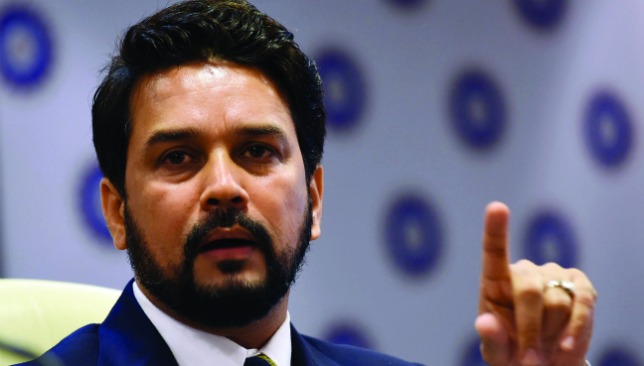
The day the Indian cricket board had been fearing finally arrived. The Supreme Court of India has accepted most of the recommendations of the Justice RM Lodha panel on restructuring the BCCI and it has given a timeframe of six months within which the process must be completed.
In a far-reaching verdict, the apex court has altered the foundation and facade of the Indian board, forcing the administrators to bid adieu to the old way of functioning.
While the details of the verdict are comprehensive, and admittedly a bit boring, it will bring about a significant change to the manner in which the richest cricket board in the world functions from here on.
The BCCI had already braced itself for impact, with former supremo Shashank Manohar leaving the post as he was reluctant to oversee the changes that would uproot many of the established practices and structures of Indian cricket.
While readers might not be interested in whether local Indian associations would get equal voting rights or if those over the age of 70 will henceforth be barred from becoming office bearers or if no official can hold two posts, it is a significant development.
I guess the BCCI was ready for this judgement since it was apparent that recommendations of the Lodha Commission would be accepted
— Harsha Bhogle (@bhogleharsha) July 18, 2016
Indian cricket has reached at this stage riding on the structure the court is dismantling. Politicians turned cricket administrators have used their clout to not only clinch plum positions in the hierarchy, they have regularly bailed out the board whenever it has faced administrative bottlenecks.
With ministers and civil servants now barred from becoming BCCI officials, the political clout of the board will reduce drastically and issues it handled easily earlier, like last minute safety clearances for venues, could become a hindrance.
But for me, it is not what the court has asked the board to do that stands out. It’s what has been left untouched which is significant.
The biggest worry for those associated with the running of India cricket, from the board to players to broadcasters, was the recommendation of capping the number of advertisement during India’s international matches.
Had the court insisted on allowing advertisements to be shown only during scheduled breaks in play, it would have been a massive financial blow for board.
Since broadcasters would have been unable to generate sufficient advertisement revenues to offset the cost of owning broadcasting rights of India’s matches, the long-term deal would have had to be revised.
Team India arrive in Antigua, the venue for the first Test from July 21-25. #WIvIND pic.twitter.com/6F2HUtL3Sd
— BCCI (@BCCI) July 18, 2016
By some estimates, the Indian board was facing a loss of nearly 70 per cent in revenue from broadcasting rights in such a scenario and that would have been catastrophic for the game in India and around the world.
The massive sums of money which the Indian board generates do a lot of good for the game. It allows age cricket and women’s games to be sustained in a professional manner, plus a pension scheme for retired cricketers. If advertisements had been curtailed, those lower down in the cricketing structure would have suffered badly.
Also, a financially weak Indian cricket body means disaster for the world game. Many teams depend on visits from the ‘Men in Blue’ to fill their coffers and if the Indian board’s earnings from international matches crash, imagine the fate of their counterparts.
So while the Indian cricket board is struggling to get its head around the implications of the court’s verdict and what it would do to the existing power structure, those concerned about the actual health of the game on the field should be relieved that most important aspect of modern professional sport – revenue generation – has not been affected and the financial health of the game in India, which undoubtedly affects the rest of the world, has not been put in jeopardy.
Financial disaster has been avoided and that is something to cheer about.
SC does not accept Lodha reco if no ads between overs. At least BCCi's bottomline wont be affected!
— Cricketwallah (@cricketwallah) July 18, 2016